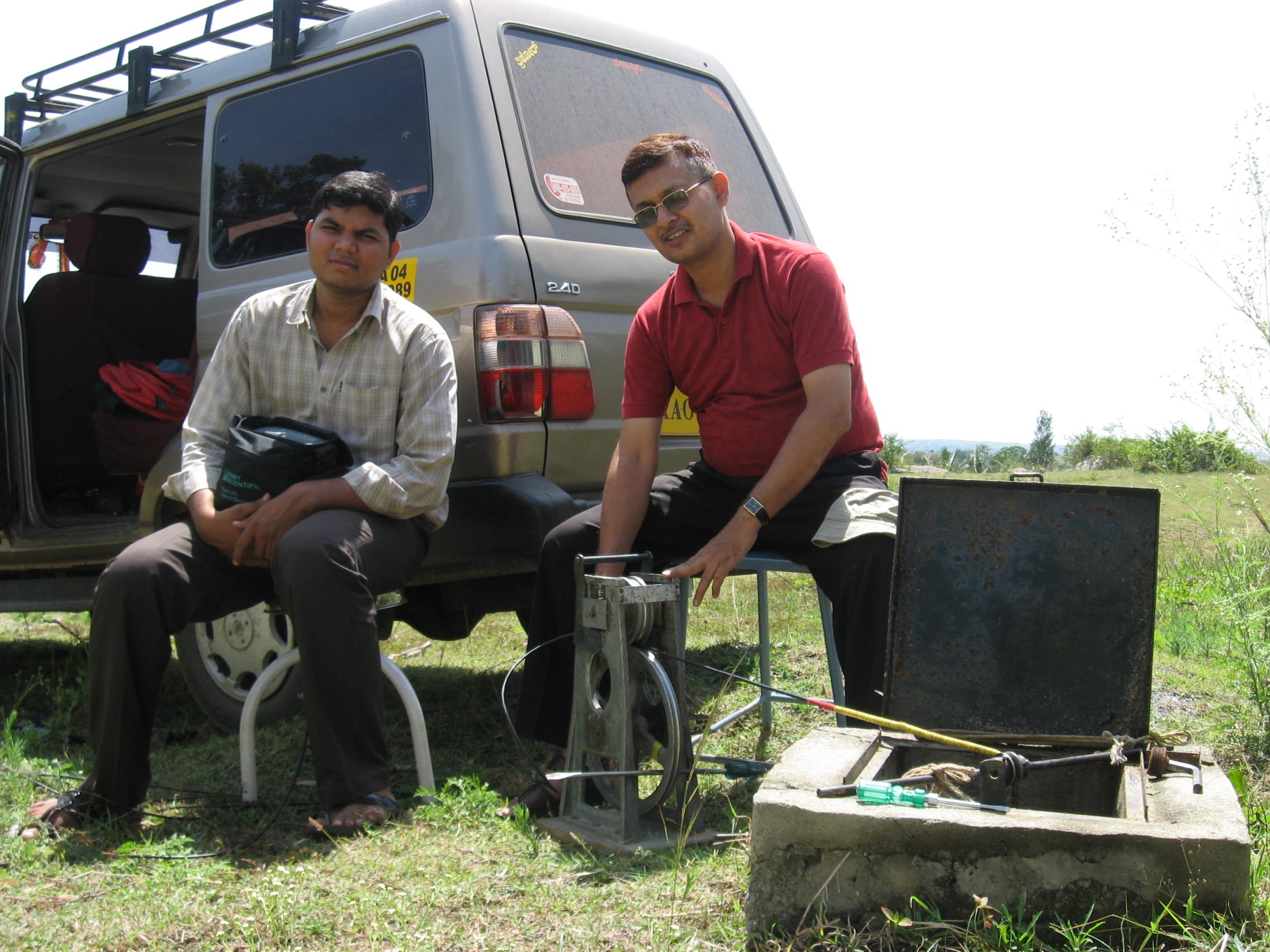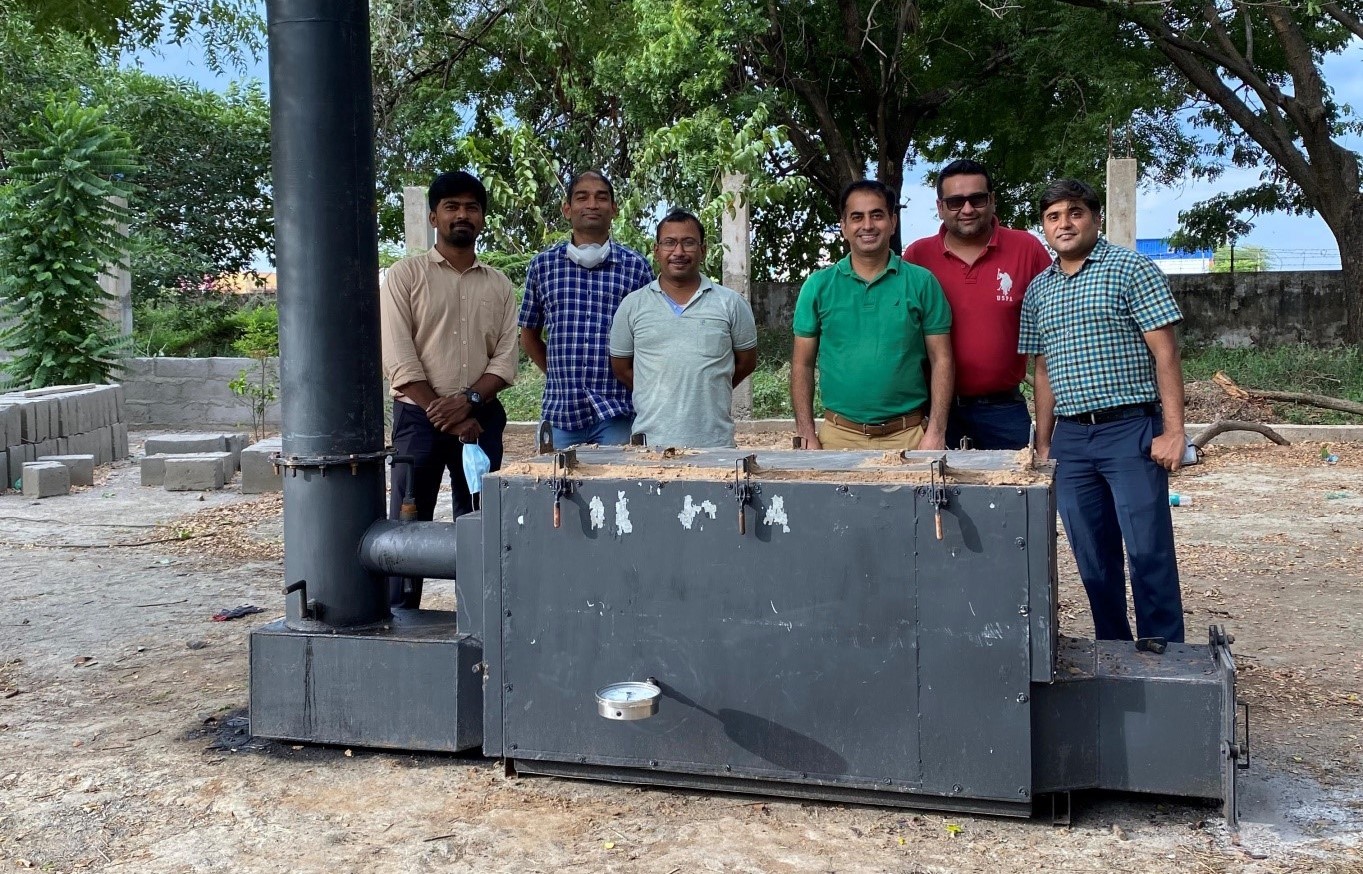Age and disease demographics are changing rapidly across the globe. The number of people above 65 years is expected to double and constitute nearly 17% of the world population by 2050. The chronic disease incidence rate is expected to rise to 57% by 2020. These figures highlight the need to enhance the quality and efficiency of care with quick response time to health-related emergencies.
To cater to the large patient numbers, care models are transitioning from hospital-centric care to in-home care. Hospital-based interventions will increasingly cater to acute cases only. Real-time monitoring of a person’s physiological and biophysical parameters, and relaying health information to care providers become essential in achieving this.
Ideas that cut across medicine, biological and engineering sciences, material design, and system innovations are converging to address these challenges. The shift is going to be from legacy products like pacemaker and imaging systems to wearables for general fitness tracking and gait monitoring.
Taking a step further, researchers are now developing and testing more focused miniaturized bioelectronic devices for recording and analyzing health data for detecting determinants of health and for medical interventions.
In diagnostics, non-invasive bioelectronic skin sensors that measure analytes in biofluids like saliva, tears, and sweat are showing promising results in assessing stress levels and detecting conditions like diabetes and cystic fibrosis. Researchers from the All India Institute of Medical Sciences (AIIMS) and Indian Institute of Technology Delhi (IITD) have developed a biosensor for detecting glucose in saliva samples for diabetes detection. The results can directly be viewed on the user’s smartphone. Many such studies are now underway in India.
Conductive gels and patch sensors resembling fashion accessories are also being developed to record cardiac, brain and muscle activity which could complement the traditional blood analysis and clinical examinations. Mechano-acoustic skin sensors that measure speech patterns and internal body sounds, like swallowing, are being explored to quantitatively measure the impact of rehabilitation in patients, such as those recovering from the stroke.
In treatment, miniscule implants placed inside the body can cross the blood-brain barrier and deliver the drug directly at the target site, even in hard-to-reach internal organs. Such devices have shown promising results in laboratory settings in reducing side effects and toxicity while increasing overall drug efficacy. This could also ensure patient compliance, a step further to the recently approved digital pill, especially in patients on long care and those with compromised cognition.
Certain implants can also electrically stimulate cardiac or brain tissues to treat conditions like irregular heartbeat, certain motor disorders, and cognitive impairments. Other implants like artificial retina and cochlear implants, restore functionalities of damaged tissues. These interventions, being referred to as ‘Bioceuticals’, could restructure conventional therapeutic options for more efficient outcomes.
In India, a lot of work has now started in this sphere. Results from a few studies have started trickling in, with most of them in development or early stages of testing. Research findings in the journal Scientific Reports by researchers from IIT Kharagpur earlier this year reported bio impedimetric analysis of cancer cells that efficiently distinguish their aggressiveness by measuring electric field impedance in laboratory conditions.
In another study published in the journal Sensors earlier this year, researchers at IIT Delhi developed a novel low-cost prosthesis based on sensors to enable normal gait kinematics, i.e motion analysis, for lower limb amputees.
IIT Kharagpur is setting up a Bioelectronics Innovation Laboratory that aims to develop battery-free implantable miniaturized engineering systems for treatment of brain, nerve, muscle or spinal cord disorders by restoring missing neural functions. The proposed coin-sized implant will be powered wirelessly and will combine brain activity testing like electrical simulation, bio-potential recording and neuro-chemical sensing for use in rehabilitation and prostheses.
Round-the-clock data collected from bioelectronic devices could replace the present time-point investigations and lead to better management of the health condition of patients. In addition, data from multiple people can help develop artificial intelligence algorithms and predictive tools. Such tools have already started showing analytic performance similar, and sometimes better, than manual inspection by a specialist physician.
In countries like India that suffer from a shortage of qualified doctors in remote areas, such devices have immense potential. However, data standardization, data security, and privacy protection have to be addressed and regulated before rolling out such interventions.
In the next few years, health monitoring, neural prosthetics, and biochemical prosthetics are expected to drive major developments in this space. Although the monitoring devices have already started testing the market in niche patient segments, it may take the implants another 5-10 years to reach health centers as they make their way through developmental and regulatory checkpoints. (India Science Wire)
Dr. Swati Subodh
If you liked this article, then please subscribe to our YouTube Channel for the latest Science & Tech news. You can also find us on Twitter & Facebook.



